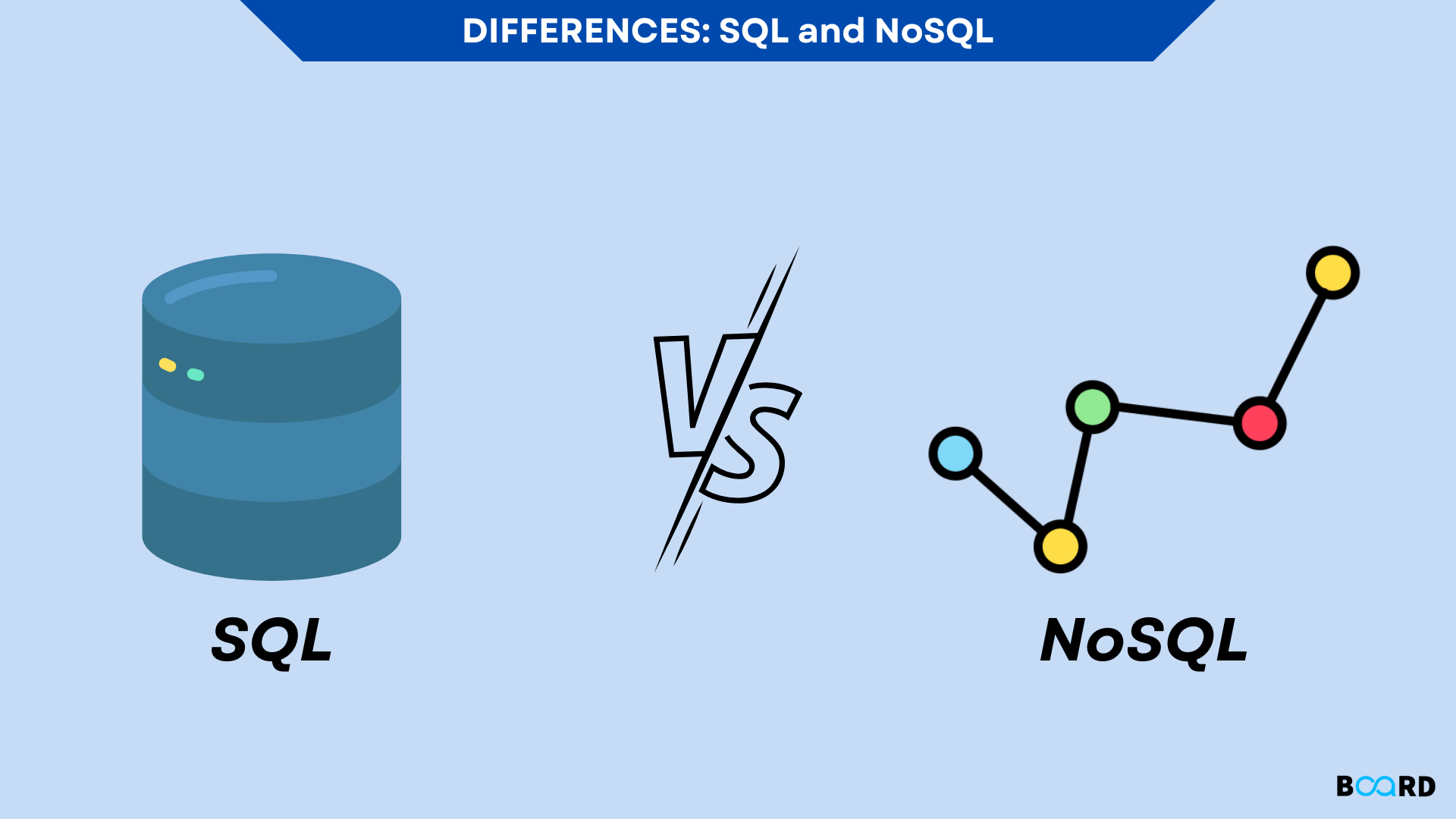Mastering SQL: From Fundamentals to Advanced Techniques
Difference Between SQL and NoSQL

Introduction
There are two types of data structures present i.e relational database and non-relational database. The main difference between SQL and NoSQL is SQL is a relational database language(RDBMS) whereas NoSQL is a non-relational database language or distributed. This article mainly explains the differences between SQL and NoSQL. The factors on which they are different are discussed in the below article:
Type:
SQL is a relational database (RDBMS) compared to NoSQL is a non-relational or distributed database.
Language:
SQL (Structured Query Language) is one of the most versatile and widely used database languages for complex queries. SQL uses already-defined schemas for the structure of the data. For working on such kinds of databases we have to use the pre-defined schemas present. This is considered to be a disadvantage because it requires a lot of preparation to change the structure because it is considered to be difficult and disturbs the whole database. Compartelivy, a NoSQL is a dynamic schema that has unstructured data. Data in NoSQL can be stored in many ways like document-oriented, column-oriented, graph-oriented, and key-value pairs. NoSQL doesn't have any pre-defined schema to be followed to write complex queries.
Scalability:
SQL is considered to be vertically scalable which means that it can increase the load on one single server by expanding the size of RAM, and increasing CPU time and SSD. Comparatively, NoSQL is horizontally scalable which means that it can increase or decrease the number of servers according to the needs of the user. Therefore NoSQL can become larger and more powerful compared to SQL.
Properties:
SQL follows the ACID property (Atomicity, Consistency, Isolation, Durability) on the other hand NoSQL follows the Brewers CAP theorem (Consistency, Availability, and Partition tolerance).
For a better understanding of what are the differences between SQL and NoSQL, the below table is used:
Conclusion:
Key differences between SQL and NoSQL are discussed in the above article.
SQL is used for Relational databases whereas NoSQL is used for non-relational databases. Examples of SQL languages are MySQL, Oracle, etc. Examples of NoSQL Django, GraphQL, etc.
